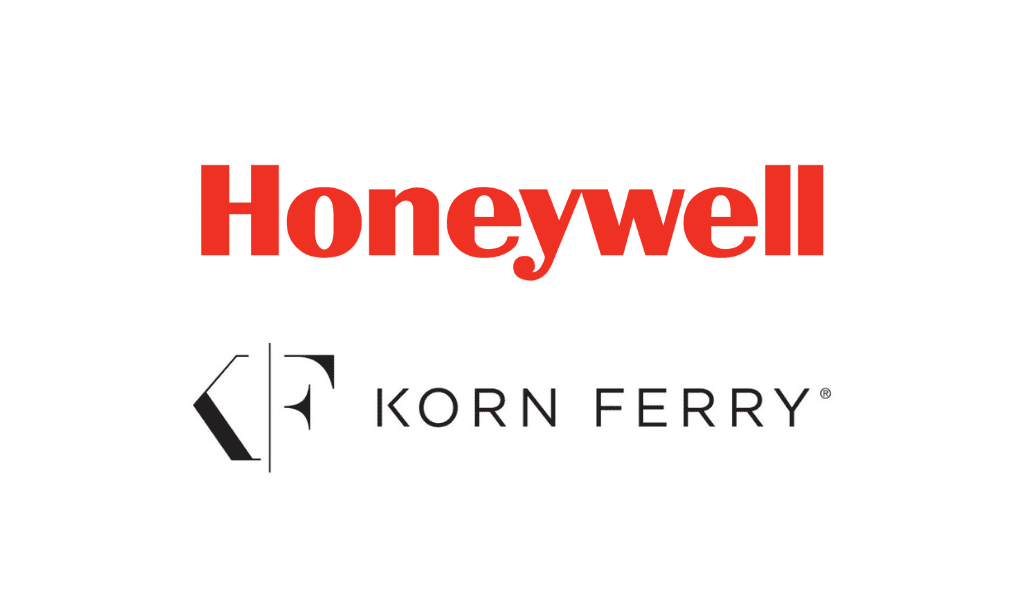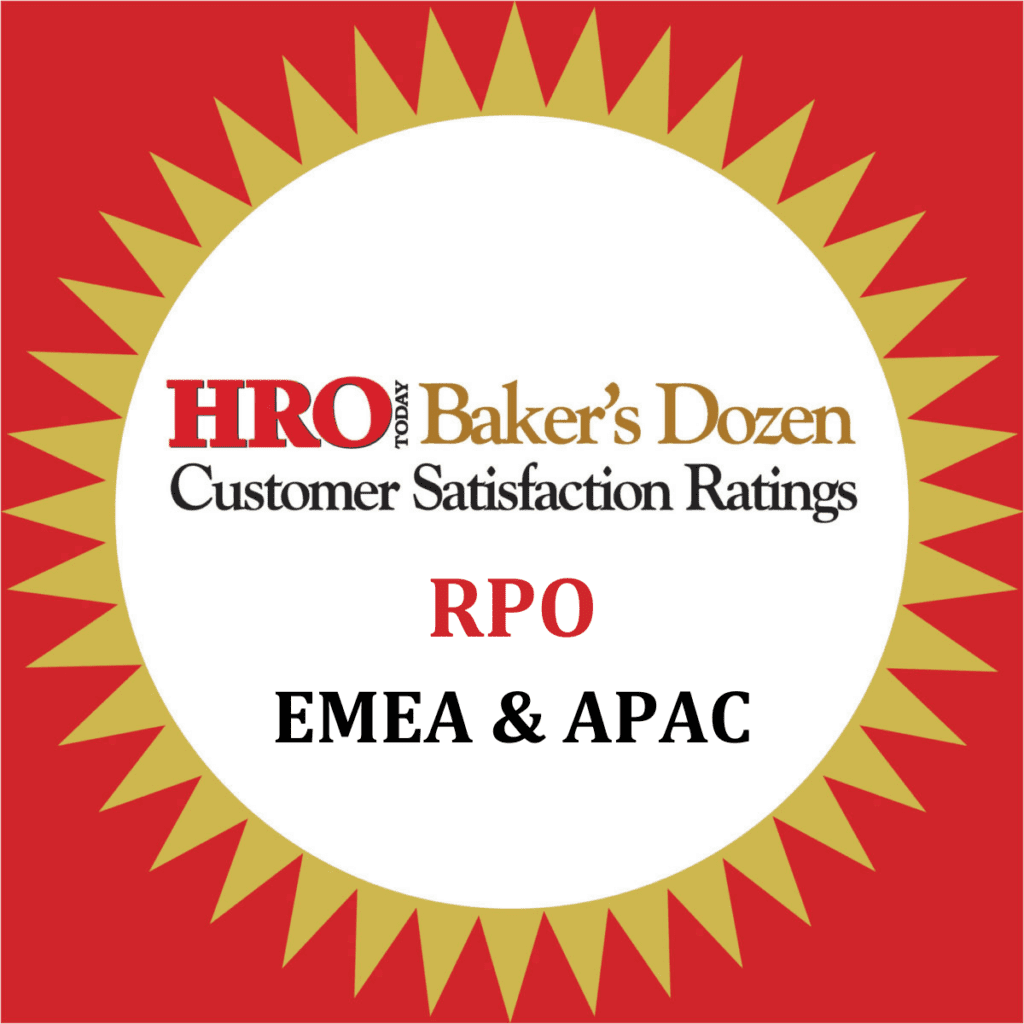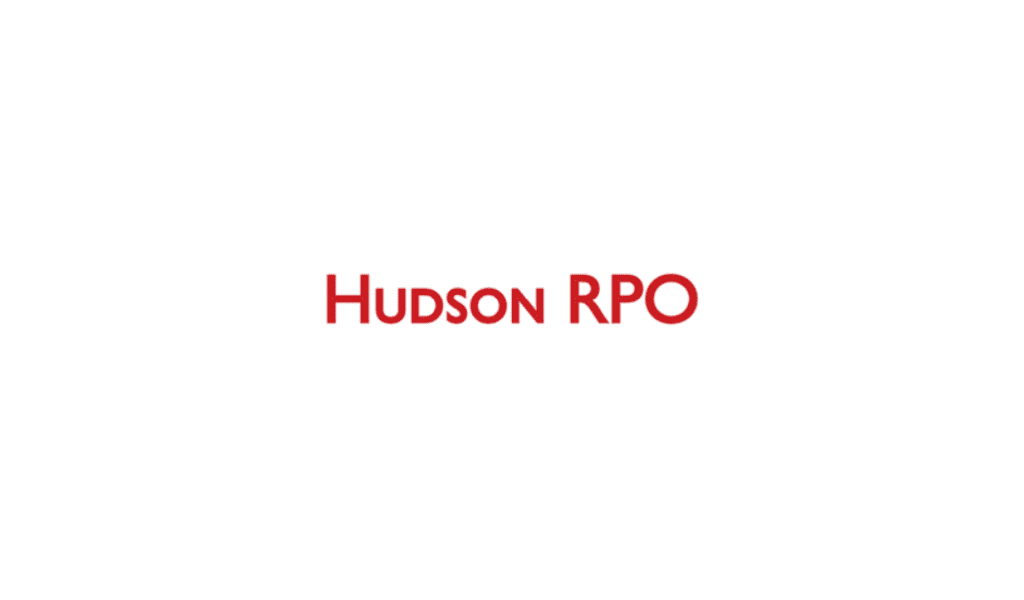With today’s limited talent pool, organizations need to leverage strategic workforce planning to stay ahead. RPO can help.
By Russ Banham
The winds of economic opportunity are blowing, whipping up growth prospects in diverse industries. During this period of breakneck business opportunities, HR is increasingly turning to their RPO partners for more strategic assistance. Providers are being asked for advice and input as the growth initiative is being planned and developed, ensuring the right skill sets are in place in the right volume to achieve the business objective.
A case in point is the giant retail drugstore chain CVS Health. The company has a fast-growing network of more than 7,800 pharmacies. The stores serve an aging population that is expected to increase the volume of prescriptions they need in coming years, especially since the Affordable Care Act has increased the provision of insurance coverage to more people.
To more efficiently serve this growing volume of customers and their medication needs, CVS Health is enhancing its technology systems. In this regard, it is seeking to recruit a greater volume of experienced IT professionals like application developers and programmers. The challenge is the high demand for what is essentially a limited pool of candidates.
“We needed assistance in reducing the time to onboard new hires (and) quickly ramp up,” explains Christy Del Regno, HR director of talent acquisition at Woonsocket, RI-based CVS Health. To address these needs, CVS Health has partnered with RPO provider Seven Step RPO, which has experience recruiting IT job candidates from across the U.S. and abroad.
As Del Regno suggests, companies cannot wait for talent to show up at the door -not when business opportunity beckons. With skilled talent increasingly scarce, HR is stepping into more of a strategic role. And as HR does this, it is finding it needs more than just sourcing and transaction bandwidth from RPO providers -it also needs strategic assistance in the rapid hunt for high-volume, quality talent.
“The employment landscape is changing from the mindset of putting warm bodies in seats to what this workforce strategically needs to look like in the next six months or next two years,” says Amylyn Kyler, vice president of talent advisory services at Pittsburgh-based Newton Consulting, which has consulted on employment strategy to large organizations like Heinz and Alcoa.
“In some cases, you may decide to train people currently on staff to fill new roles. In other cases, you may decide to acquire these skill sets,” Kyler adds. “What you can’t do is nothing, and that’s because there aren’t as many job seekers in the marketplace anymore.”
High Demand Meets Low Availability
Without job seekers bombarding company employment sites, HR has to proactively find talent to fulfill corporate growth objectives. Several RPO providers say that they are being asked to assist HR in this journey, recruiting talent in the larger volumes needed to pursue such growth initiatives as the development of new products and the entry into new markets and geographies.
The reason for this assistance is due in large part to the intense competition for diverse skill sets. With unemployment at pre-financial crisis levels and business opportunities abounding, the pool of available quality candidates has contracted. Adding to the problem is that younger generations of workers are not as interested in full-time positions as other generations, preferring a more flexible and balanced work-life arrangement afforded by freelancer and contractor employment.
Randstad Sourceright’s 2015 Talent Trends Report indicates that 77 percent of the respondents agree that their organizations need to create more flexible working options to recruit the talent they need. Another survey by Deloitte sums up the workforce competition succinctly, stating, “Today, companies have to manage people differently -creating an imperative to innovate, transform, and reengineer human capital practices.”
In this fast-paced environment, the organization best equipped to lock up the right talent the quickest is best positioned to achieve its growth ambitions. This workforce goal is transforming HR into more of a strategic function.
“Many of our current and prospective customers have talent recruitment and talent management on their minds right now,” says Paul Harty, president of Boston- based Seven Step RPO. “As baby boomers retire and college graduates have different work aims, there’s a big fear in the marketplace that the organization won’t be able to attract or retain the talent it needs to sell more stuff or do more things.”
These concerns are markedly different from the workforce management objectives during the last recession. Then, the focus was on labor costs; today, all eyes are on the labor.
Planning for Progress
According to the Deloitte survey, the need to “develop innovative ways to attract, source, recruit and access talent” is one of three key areas of strategic focus for HR in 2015. To begin this undertaking requires executing a strategic workforce plan that reflects the company’s growth objectives.
If an organization is planning to develop new products, open new facilities or move into new locations, it should strategically look at all the current and open positions in its workforce and evaluate who is ready for internal mobility and who may be at risk for leaving.
“It will take seven to 10 years to bridge the gap between boomers retiring and the next generation entering the workforce,” says Kyler. “During this period of time, companies have to find different and innovative ways to attract people to the organization.”
This is a key element of her discussions with clients. “They want to know if it makes sense for them to continue to decentralize (talent acquisition) or centralize it in a recruiting center of excellence,” she explains. “We help them make this decision based on an understanding of the strategic workforce plan.”
“This goes beyond RPO as we’ve known it,” agrees Kathy Kalstrup, executive vice president of global RPO at Aon Hewitt, which designs, builds, and operates RPO solutions. “We are working closely with employers to make sure we understand what their strategic business objectives are, shifting from RPO as a transactional service to one that is more outcome oriented.”
The same transition is in play at Aon Hewitt. “We’ve elevated the conversation to become more strategic in assisting the client’s business imperatives,” Kalstrup explains. “It’s really a tactical conversation, determining where their opportunities are and where their business is growing, then supporting them talent- wise to get to that place.”
Diverse Recommendations
Since each client’s growth trajectory and current workforce makeup is different, RPO solutions are wide-ranging. “In some cases, we advise the client that the best recruitment option is to emphasize retention and (employee) training, whereas in others we may recommend they enhance recruitment by making their benefits more competitive or increasing the compensation,” Harty says. “It all depends on the alignment between the company’s business strategy and the most effective deployment of quality talent to achieve it.”
In the case of CVS Health, the company wanted Seven Step RPO to assist both its recruitment and retention efforts. Rather than just hire and train IT employees on a contingent contractor basis, it also sought innovative ways to convert these contracted IT positions into more permanent ones. Del Regno says the success of this tactic has helped the company improve data security management and colleague retention, while reducing talent-related costs.
Big Data Analytics: A Big Plus
Technology is helping RPO providers fulfill the strategic assistance their clients are requesting. Using predictive analytics tools to assess different data sets across the customer base, providers are able to produce a wide array of metrics beneficial to a client’s strategic workforce plans. The Randstad Sourceright survey underscored the growing use of big data analytics by recruiters and RPO providers.
“With so much information now available, organizations can find the exact kind of skill sets and talent they need to grow their business,” the study states. “The winners will be the ones (that) can rein in big data to pinpoint the right talent faster than their competitors.”
For now, most providers are focused on leveraging data analytics to support traditional recruitment and retention metrics like time to fill. This limitation has to do with the unwieldy nature of big data – tremendous volumes of internal, external, structured and unstructured data sets, in addition to the development of precise algorithms to make sense of this information trove.
“We’re beginning to move to a future state, where we will soon be using data to understand who in the organization has the specific skills and capabilities needed to pursue a business objective, and where there may be gaps,” says Kalstrup. “Big data is moving from beyond just the recruitment piece to more longer-term workforce performance issues to achieve business outcomes.”
She adds, “But we’re not there yet because of the sheer abundance of data.”
Nevertheless, technology already is informing more innovative and targeted recruitment messaging to attract candidates, as well as prompt them to initiate a quick response. Seven Step RPO, for instance, has developed a mobile recruiting application that links online job hunters to the job posting section of a client’s website. Candidates can easily review the company’s employment brand and business value proposition, search for openings, and then apply for a job using their mobile devices.
“In the past, it took at least a dozen clicks to get from the job posting site to the job application site, which nobody has the time or inclination to endure anymore,” Harty says. “They typically give up and make mental plans to apply for the job later. Then, they forget.”
With talent recruitment competition intensifying, a forgetful job candidate with the right skills to help bring a major project to fruition is no longer tolerable. Not in today’s dwindling pool of candidates.
Russ Banham is a Pulitzer-nominated business journalist and author. His next book, “Higher: 100 Years of Boeing,” will be in bookstores in July 2015.














